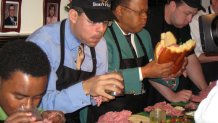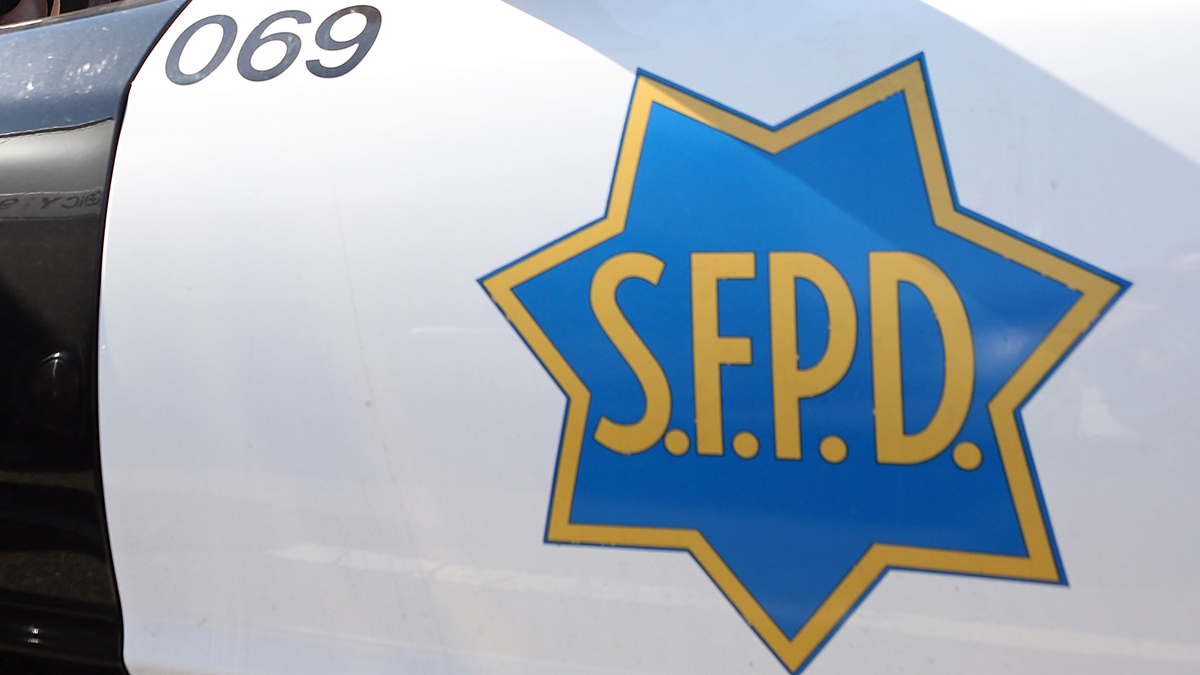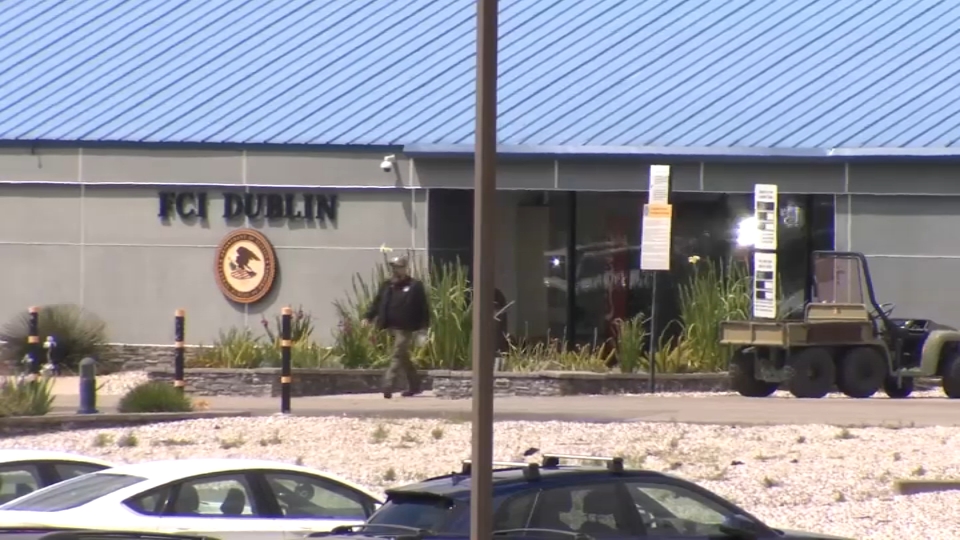On a recent day, several hundred students from San Francisco’s Visitacion Valley Middle School followed their guide down a wooded path before coming upon the scenic Golden Gate Bridge overlook.
The normally giddy group suddenly became hushed when they took in the sight: a sea of graves.
"When I came over the hill," said student Angel Garcia, " I was like ‘wow,’ so many dead soldiers."
The unusual field trip is part of a program put on by the Presidio Trust to help youngsters understand the sacrifice of generations before them, by taking them to the national cemetery there.

Using an old poem, which extols current and future generations to honor military heroes, Presidio educator Mary Maya has been bringing students to the San Francisco National Cemetery at the Presidio, where 30,000 veterans have been buried since the Civil War.
"What it really is about," said Maya, "is remembering these young soldiers that gave their lives."
Maya wants the children to not only remember the sacrifice of fallen soldiers but understand why some are remembered and others forgotten. That message is made real when the students visit the vast monument, walk among the graves and even make wax rubbings of the gravestones.
Maya urged the students to examine the graves, to note the absence of flowers or mementoes on the majority of them. A group of four boys spontaneously kneeled around a single grave to pray, placing hands on the thin granite slab.
Local
"We have a generation right now that’s completely removed from what’s happening overseas," Maya said, "and very disconnected to the casualties of war."
[[373265591, C]] The course is designed around Archibald MacLeish’s 1949 poem "The Young Dead Soldiers Do Not Speak, " a plaintive soldiers’ plea from beyond the grave calling on people to remember their sacrifice.
They say, We were young. We have died. Remember us.
They say, We have done what we could but until it is finished it is not done.
They say, We have given our lives but until it is finished no one can know what our lives gave.
They say, Our deaths are not ours: they are yours: they will mean what you make them.
But Maya said that message of sacrifice doesn’t seem to sink in with students until they actually step into the Presidio and cast eyes on the thousands of graves covering the hillside.
"Right now it’s kind of like a fiction," Maya said. "The minute they’re actually seeing that poem on that trail, the minute they’re touching and seeing the history there, it is all of a sudden a reality."
"To me it’s kind of sad," said student Erik Mayfield, "because most of these soldiers died very young."
Presidio Ranger Frederik Penn teaches classes in the Presidio, pointing out that more than 400 Buffalo Soldiers, the name given to African-American cavalry soldiers in the 1860s, are buried in the Presidio. He said the stories of the young soldiers; their plight and their loss seem to ring with students.
"For high school kids, middle school kids who are right around draft age," Penn said, "I think it’s a good perspective for them to see how their lives are different today."
For many of the students who grew up in the city’s Southeastern neighborhoods, the trip across town represented a first visit to the Presidio — a chance to meander through its forests and to take in its grand bay vistas. Garcia stood amid a row of gravestones, his gaze affixed toward the Bay view, referencing the message of MacLeish’s poem.
"The poem was about what the soldiers wanted us to remember about them — what they could say to us, " Garcia said surveying the rows of graves. "It’s practically our job to decide what their deaths meant to us."



